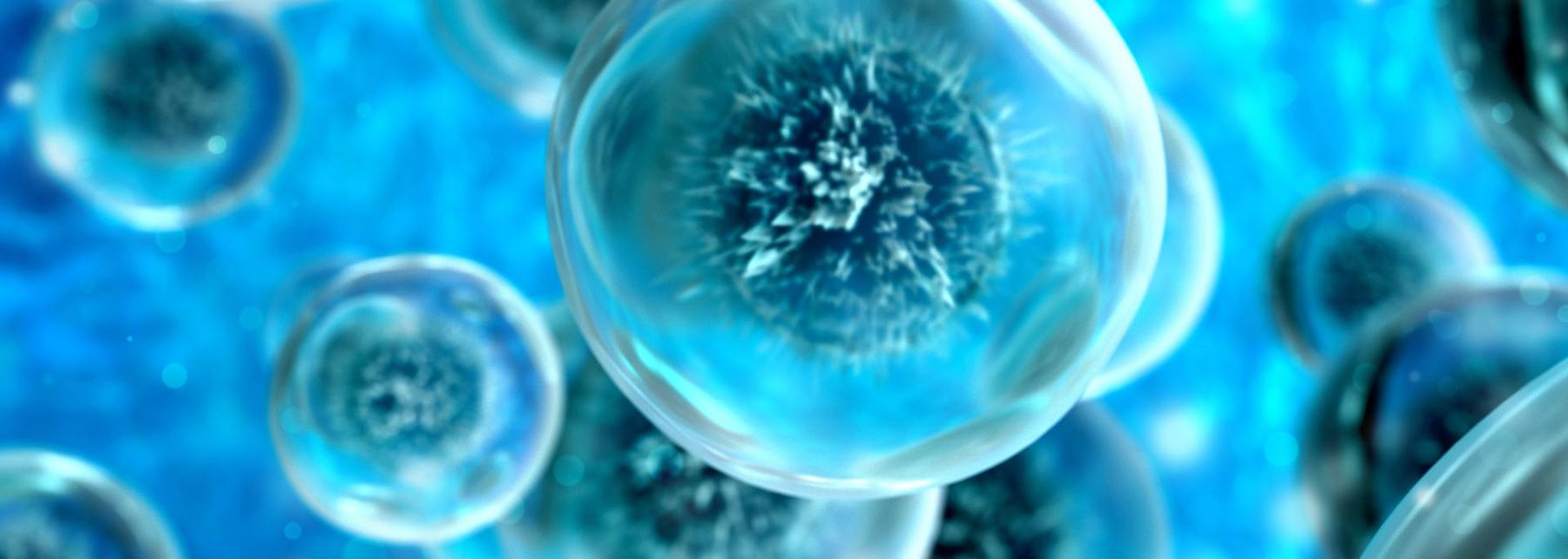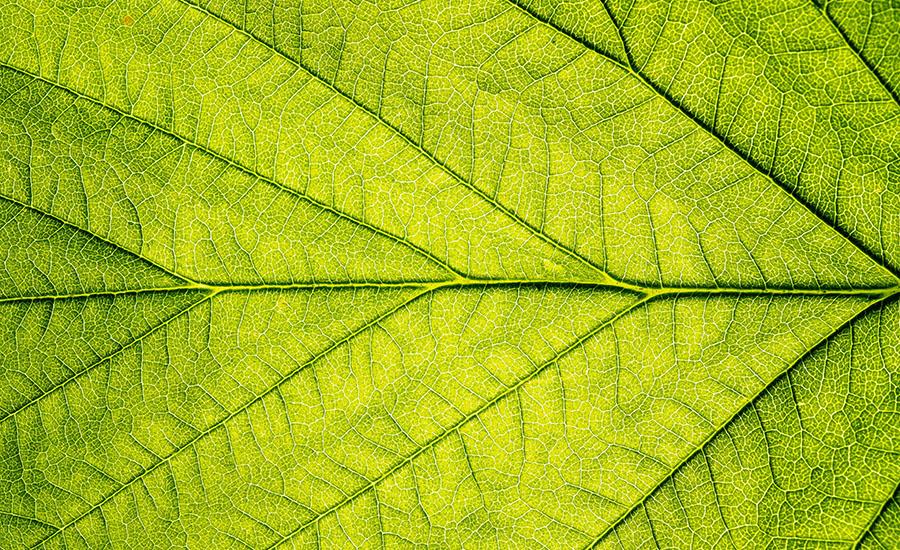
Anatomy of Diabetes Mellitus
A lesson on what diabetes is, what is the difference between Type 1 and Type 2 diabetes, creating a food diary, how the sugar gets into cells, how to count carbs, and how people with Type 1 diabetes calculate their insulin.
This is a lesson that would go well in a digestive unit or a cell unit. It can be completed in 2-3 days with a 1-week pre-activity of gathering food diary information.
Lesson Plan Link/URL
https://docs.google.com/presentation/d/1mLGbIvoZvPurtSU17dsXNxhpgdMY8OY4/edit?u…Subject Area
Science Life Science L1: Cells L2: Organisms & Energy Mathematics Operations and Algebraic Thinking (OA) Measurement and Data (MD)Related Content

This is the second lesson in a series of 2. In this lesson, students will learn about what watersheds are and then take a tour of the school campus looking at it through the lens of being a watershed

Plants are the basis for nearly all agricultural production. Agricultural plant crops produce food, fiber, fuel, and aesthetically pleasing plants. Plants utilize energy from the Sun to convert water
